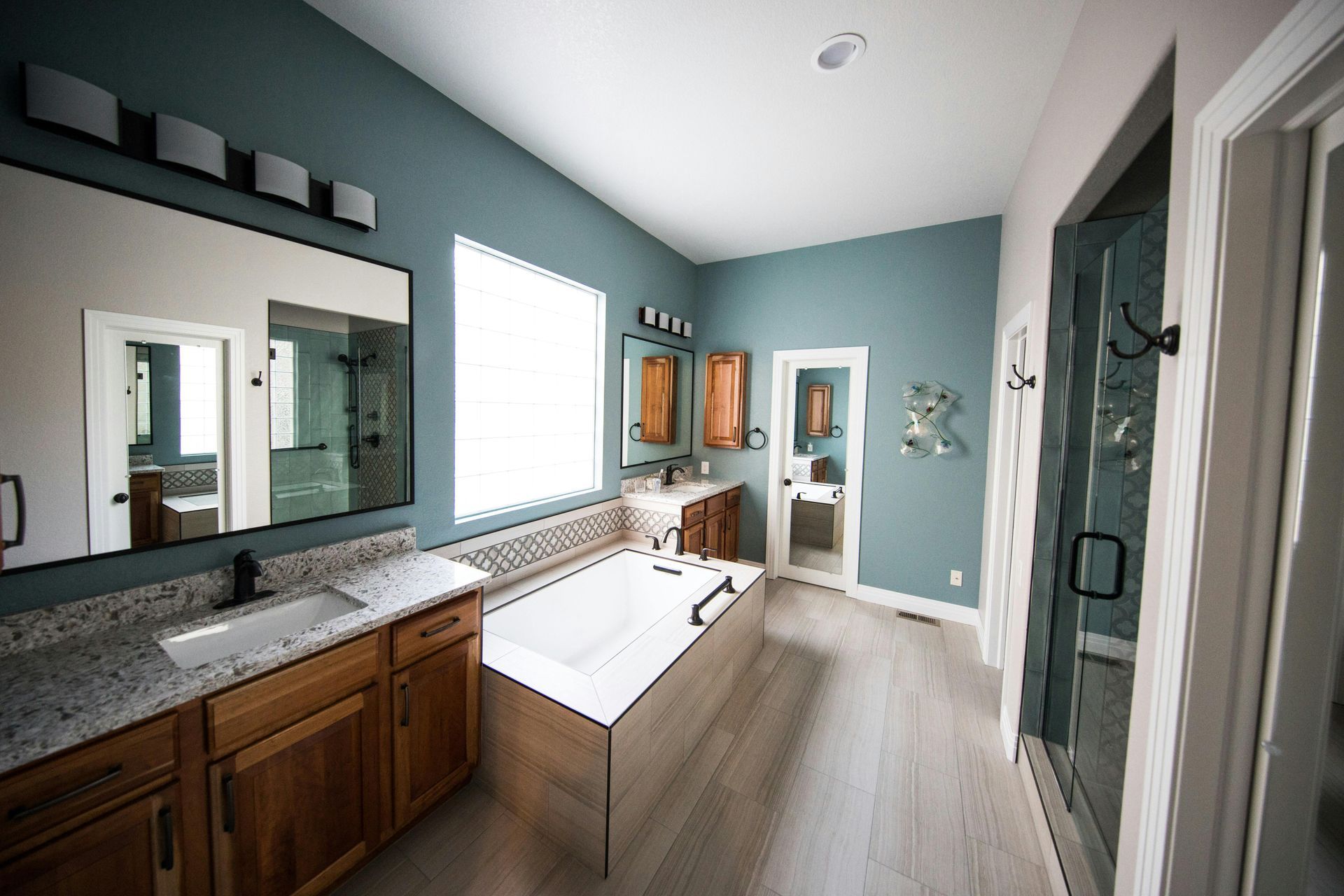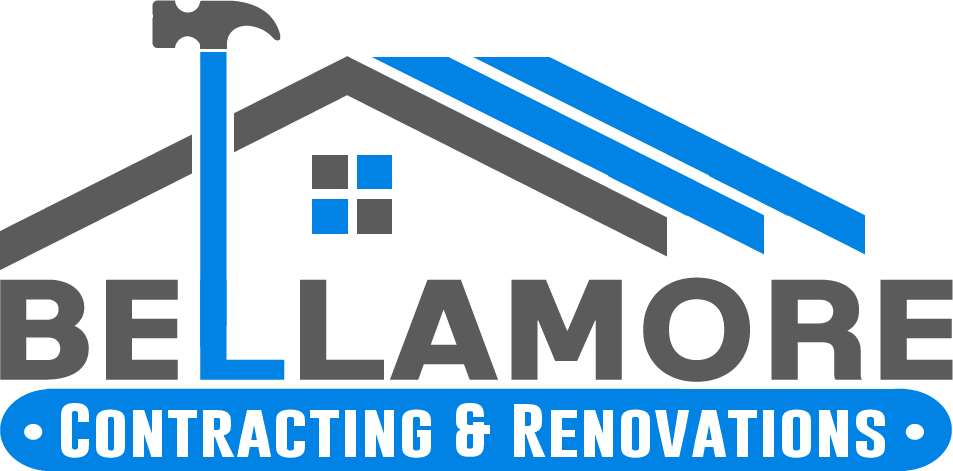Licensed (#RBC-21-01654) & Insured
Local References Available Upon Request
Licensed (#RBC-21-01654) & Insured | Local References Available Upon Request
Optimizing Electrical Systems for Safety and Efficiency
A properly installed electrical system is essential for the safety, efficiency, and functionality of any home or commercial property. Electrical rough-in and trim-out are two critical phases of the electrical installation process that lay the foundation for long-term reliability. From running the initial wiring to installing outlets, fixtures, and breaker panels, these steps require expertise, precision, and adherence to local electrical codes. Whether constructing a new building or upgrading an existing system, working with experienced electricians ensures that every component is installed correctly and safely.
Understanding Electrical Rough-In
The electrical rough-in phase is the backbone of any electrical system. This stage takes place before the drywall is installed, allowing electricians to run wiring, set up breaker panels, and install junction boxes. Rough-in work involves careful planning and coordination with other trades, such as plumbing and HVAC, to ensure seamless integration within the building’s structure.
During rough-in, electricians install essential components such as electrical conduits, cable runs, and outlet and switch boxes. The main electrical panel is also set up, distributing power throughout the home or building. Proper spacing and load calculations ensure that the system can handle the necessary electrical demand while allowing for future expansion. Safety measures, such as grounding and surge protection, are also implemented at this stage to prevent electrical hazards.
Compliance with building codes is a top priority during rough-in. Each installation must meet national and local electrical regulations to ensure safety and efficiency. Professional electricians carefully inspect every component, ensuring wires are correctly secured, circuits are properly routed, and electrical boxes are positioned for accessibility. A well-executed rough-in sets the stage for a smooth transition into the final trim-out phase.
The Trim-Out Phase: Bringing Power to Life
Once the walls are up and the interior is taking shape, the electrical trim-out phase begins. This final stage of the electrical installation process involves installing outlets, switches, light fixtures, circuit breakers, and other essential components that complete the system. The trim-out phase is where all the hard work from the rough-in stage comes to fruition, bringing power to the entire space.
Electricians carefully install and test outlets and switches, ensuring they function correctly and are positioned for maximum convenience. Light fixtures, ceiling fans, and recessed lighting are put into place, enhancing both the aesthetics and functionality of the space. Circuit breakers and electrical panels are finalized, distributing electricity safely throughout the home or building.
Testing and adjustments play a crucial role in the trim-out phase. Each circuit is checked for proper voltage and operation, ensuring there are no faulty connections or potential hazards. Electricians also inspect and label the electrical panel for easy identification of circuits, making maintenance and future upgrades more manageable.
Strategic placement of electrical components is another key consideration. The layout of outlets, switches, and lighting fixtures must align with the design and usability of the space. For example, in a modern kitchen, countertop outlets should be placed at convenient intervals, while in a living room, dimmer switches can enhance ambiance. Trim-out is the stage where homeowners and business owners see their electrical system come to life in a functional and visually appealing way.
Common Challenges & Solutions in Electrical Installation
Electrical installation is a complex process that comes with its own set of challenges. One of the most common issues is improper wiring, which can lead to overloaded circuits, voltage drops, or short circuits. To prevent these problems, electricians carefully plan circuit layouts, ensuring each circuit can handle the required load without overloading the system.
Proper grounding and surge protection are essential to safeguarding the electrical system from unexpected power surges and potential hazards. Without adequate grounding, appliances and electrical devices can suffer damage, and the risk of electrical shock increases. Electricians install ground fault circuit interrupters (GFCIs) and surge protectors in key locations to minimize these risks.
Future-proofing an electrical system is another challenge that requires careful planning. As technology advances, homes and businesses need electrical systems that can accommodate smart home automation, energy-efficient appliances, and increasing electrical demands. By incorporating extra wiring, dedicated circuits, and expansion-ready panels, electricians ensure that the system can support future upgrades without extensive modifications.
Older buildings and tight spaces pose additional challenges during electrical installation. Retrofitting new electrical systems into existing structures requires creativity and expertise to navigate limited space while adhering to code requirements. In such cases, electricians may use flexible conduits, compact breaker panels, and other space-saving solutions to ensure a safe and efficient installation.
Benefits of Professional Electrical Rough-In & Trim-Out Services
Hiring a professional electrician for rough-in and trim-out services offers numerous advantages, starting with code compliance and safety assurance. Electrical work must meet strict regulations to prevent hazards such as fires, electrical shocks, and power failures. Professional electricians have the knowledge and experience to ensure that all installations adhere to these safety standards.
Seamless integration with smart home technology is another benefit of expert electrical installation. Modern homes and businesses rely on advanced automation systems, from smart lighting and thermostats to security cameras and voice-controlled devices. A properly executed rough-in and trim-out make it easier to incorporate these technologies without extensive rewiring.
Reliable performance and longevity are key reasons to invest in professional electrical services. Poorly installed electrical systems can lead to frequent outages, flickering lights, and costly repairs. With expert installation, property owners can enjoy a stable and efficient electrical system that operates smoothly for years to come.
Enhancing home and business value is another advantage of a well-executed electrical system. Prospective buyers and tenants look for properties with modern, reliable electrical infrastructure. Whether it’s a newly constructed home or a renovated commercial space, a high-quality electrical installation increases marketability and overall property value.
Trends in Electrical Installations
The electrical industry continues to evolve with new technologies and trends that enhance convenience, energy efficiency, and safety. Smart wiring solutions are becoming increasingly popular, allowing homeowners to integrate automation, security, and entertainment systems seamlessly. Pre-wiring for smart home devices ensures easy installation of future technologies without the need for major modifications.
Energy-efficient upgrades are a growing trend in both residential and commercial buildings. LED lighting, energy-saving outlets, and programmable thermostats help reduce electricity consumption while lowering utility bills. Many property owners are also incorporating solar panels and energy storage systems into their electrical plans for sustainable energy solutions.
The rise of USB and wireless charging stations reflects the increasing demand for convenient charging options in modern homes and offices. Many electrical trim-outs now include built-in USB ports in outlets, eliminating the need for bulky adapters. Wireless charging pads integrated into furniture and countertops offer even greater convenience for tech-savvy users.
Custom lighting solutions are another trend shaping electrical installations. From recessed lighting and pendant fixtures to color-changing LED strips, modern lighting designs enhance both aesthetics and functionality. Smart lighting systems that allow users to control brightness, color temperature, and schedules via mobile apps are becoming a standard feature in new constructions and renovations.
Ensuring a Reliable & Efficient Electrical System
Electrical rough-in and trim-out are fundamental steps in creating a safe, efficient, and future-ready electrical system. By carefully planning and executing each phase, electricians ensure that every component functions optimally, meeting the demands of modern homes and businesses. A well-installed electrical system enhances safety, convenience, and energy efficiency, providing peace of mind for property owners.
Working with experienced electrical professionals guarantees high-quality workmanship, adherence to code regulations, and a seamless integration of modern technology. Whether building a new property or upgrading an existing system, investing in expert electrical services ensures a reliable and long-lasting electrical infrastructure. With proper planning and execution, electrical rough-in and trim-out lay the groundwork for a safe, efficient, and innovative space that meets today’s and tomorrow’s needs.










